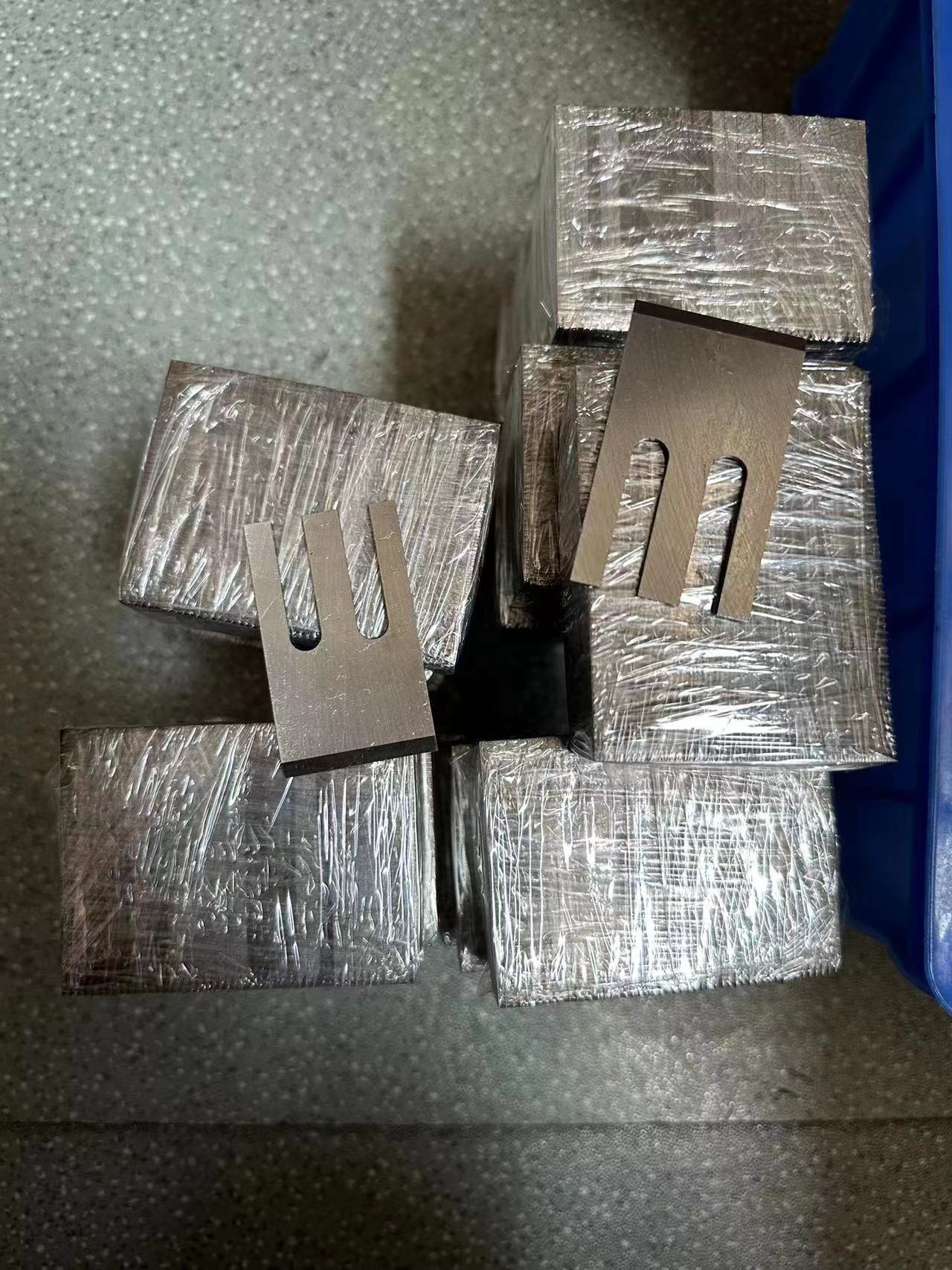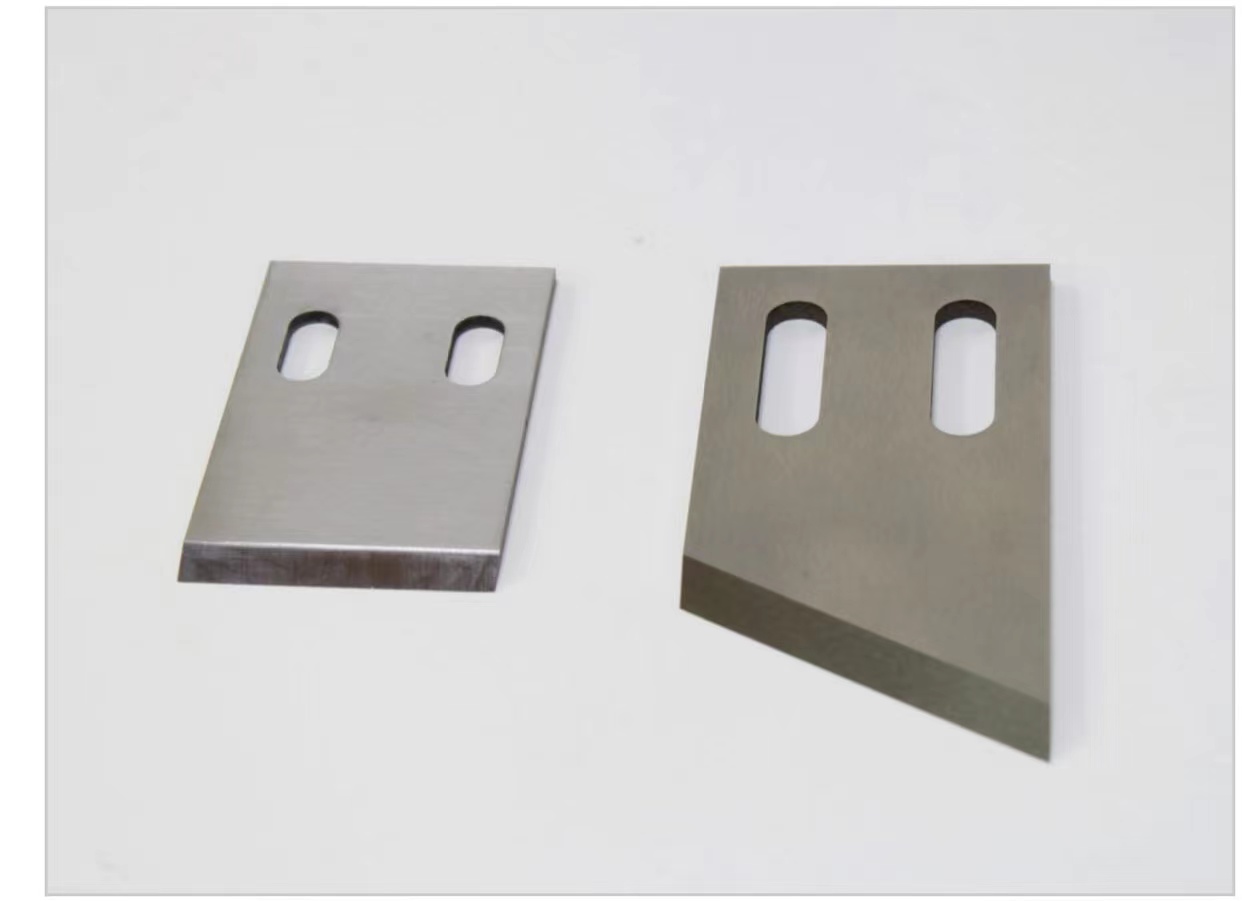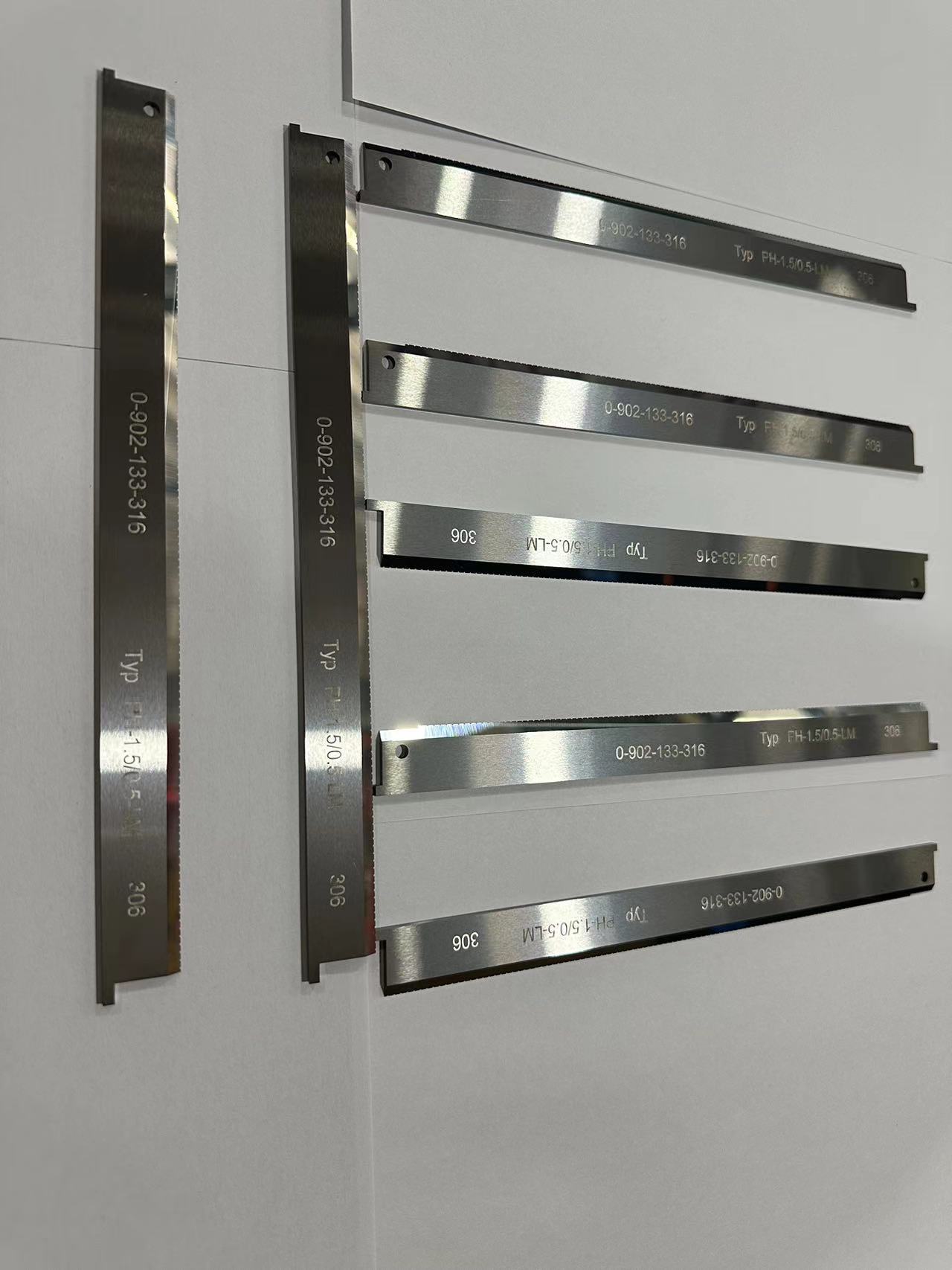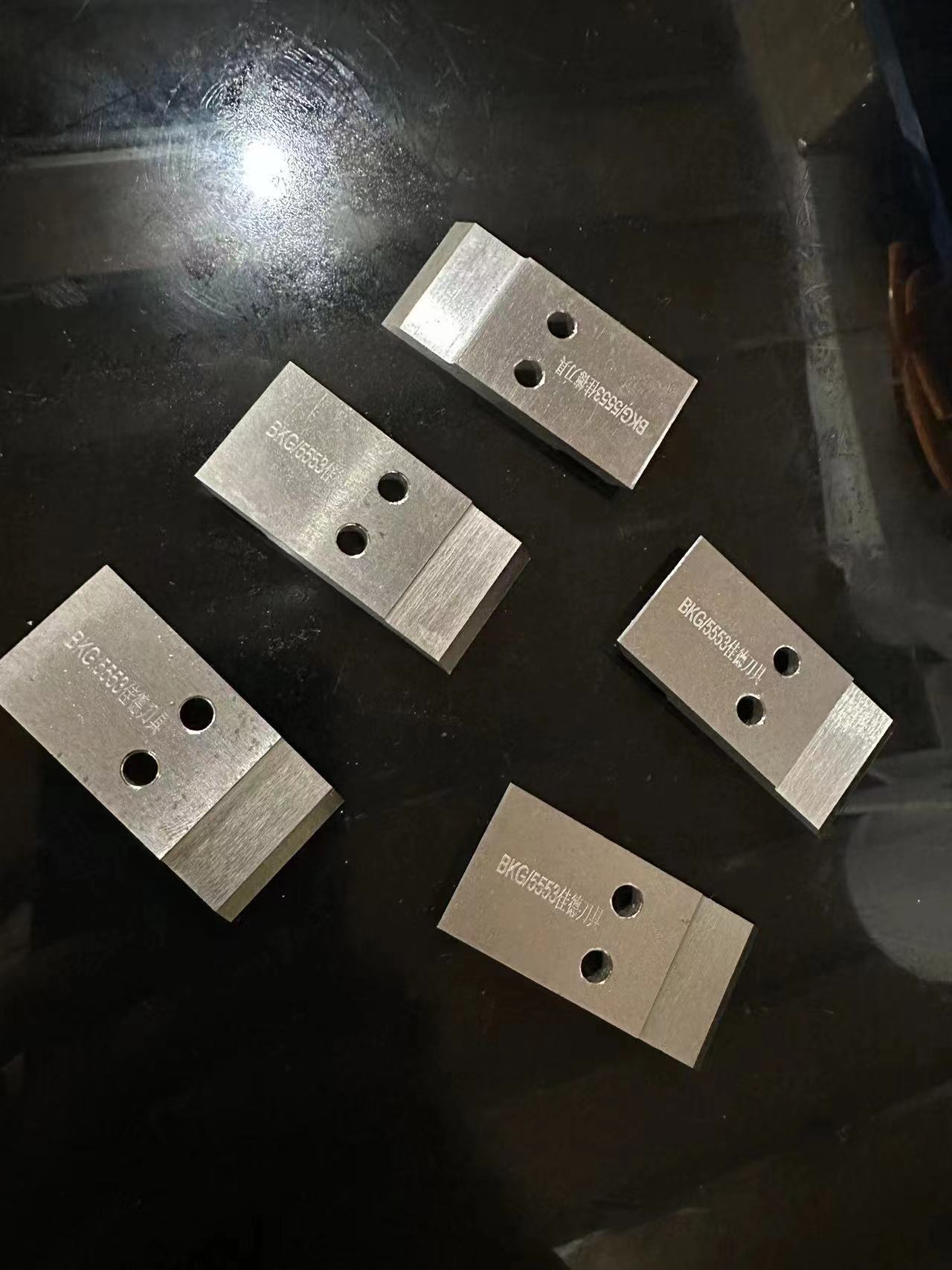In the ever-evolving world of plastics recycling and reprocessing, efficiency and precision are paramount. This is where EREMA blades come into play, serving as a pivotal component in the machinery used for plastic recycling. EREMA, a company renowned for its innovative solutions in the recycling sector, has developed these blades to meet the high demands of plastic processing. This article delves into the intricacies of it, exploring its design, functionality, and the critical role it plays in the recycling process.
Introduction to EREMA Blades
They are specialized cutting instruments designed for use in plastic recycling and reprocessing machinery. Manufactured by EREMA Engineering Recycling Maschinen und Anlagen Ges.m.b.H., an Austrian company with a global reputation for excellence in plastic recycling technology, these blades are an essential component in the granulation and size reduction phase of the recycling process.
The design and engineering of EREMA blades focus on durability, precision, and efficiency. Made from high-quality materials such as tool steel and carbide, these blades are engineered to withstand the rigours of processing various types of plastics, including highly abrasive and tough materials.

The Role of EREMA Blades in Plastic Recycling
Plastic recycling involves several key steps, from collection and sorting to washing, drying, granulation, and finally, reprocessing into new products. These play a critical role in the granulation step, where plastic waste is cut into smaller, uniform pieces that can be more easily processed into new material.
- Cutting Efficiency and Precision
One of the primary advantages of it is its cutting efficiency. These blades are designed to provide clean, precise cuts, reducing the energy consumption of the recycling machinery. Precision cutting also ensures that the plastic flakes are uniform in size, which is crucial for the subsequent melting and extrusion processes.
- Durability and Longevity
Durability is another hallmark of EREMA blades. Given the abrasive nature of materials like PET bottles, agricultural films, and rigid plastics, the blades are subject to significant wear and tear. They are made from materials that resist abrasion and maintain their sharpness over prolonged periods, reducing downtime for blade replacements and maintenance.
- Versatility Across Plastic Types
The versatility of plastic recycling blades is notable. Whether processing soft plastics such as polyethylene films or harder materials like polycarbonate, they are designed to handle a wide range of plastic types. This versatility makes them an invaluable tool in recycling facilities that deal with diverse waste streams.
The Manufacturing Process of EREMA Blades
The manufacturing process of plastic recycling blades involves several key steps, ensuring their high quality and performance. Initially, the raw materials are selected based on the specific requirements of the recycling application. High-grade tool steel or carbide is commonly used for its excellent wear resistance and toughness.
Precision machining techniques are employed to shape the blades, followed by heat treatment processes to enhance their hardness and durability. Finally, the blades undergo rigorous quality checks to ensure they meet EREMA’s stringent standards for performance and longevity.

Applications of EREMA Blades in the Recycling Industry
They find applications in various segments of the recycling industry, underscoring their importance in the circular economy.
- Plastic Granulation
The primary application of EREMA blades is in the granulation of plastic waste. They are used in granulators and shredders to reduce the size of plastic scrap into flakes or granules, preparing the material for further processing.
- Size Reduction of Bulky Items
They are also instrumental in the size reduction of bulky plastic items, such as drums, crates, and automotive parts. By breaking down these large items into manageable pieces, the recycling process becomes more efficient and cost-effective.
- Recycling of Post-Consumer Waste
The recycling of post-consumer waste, including plastic packaging, bottles, and films, relies heavily on EREMA blades. Their precision and durability ensure that even the most challenging materials can be processed, contributing to the reduction of plastic waste in landfills and the environment.
The Importance of EREMA Blades in Sustainable Recycling
These play a pivotal role in promoting sustainable recycling practices. By enabling the efficient and precise processing of plastic waste, these blades contribute to the creation of high-quality recycled materials that can replace virgin plastics in many applications. This not only reduces the environmental impact of plastic production but also supports the transition towards a more sustainable, circular economy.
Furthermore, the durability and longevity of EREMA blades contribute to the sustainability of recycling operations by reducing the need for frequent replacements and maintenance. This enhances the overall efficiency of recycling facilities, reducing their carbon footprint and operational costs.
- Innovations in Blade Technology
Continuous advancements in materials science and engineering have led to further enhancements in EREMA blade technology. Innovations such as coatings and surface treatments have been developed to extend blade life and reduce friction, thereby increasing energy efficiency. Such advancements underscore the commitment to continuous improvement and adaptation to new challenges within the recycling industry.
- Economic and Environmental Impact
The use of EREMA blades also has significant economic and environmental implications. By increasing the efficiency of plastic recycling processes, these blades help reduce operational costs for recycling facilities. Environmentally, the enhanced recycling process contributes to decreasing the volume of plastic waste, reducing reliance on landfilling, and lowering greenhouse gas emissions associated with plastic degradation and production.
- Education and Training
Recognizing its critical role it in the recycling process, there is a growing emphasis on education and training for operators and technicians. Proper usage, maintenance, and handling of these blades are essential for maximizing their performance and lifespan. Training programs and resources provided by EREMA and other industry stakeholders are vital in ensuring that recycling personnel are well-equipped to leverage these tools effectively.
- Future Prospects
Looking ahead, they are set to play an even more integral role in addressing global plastic waste challenges. Innovations in blade design and materials, coupled with advancements in recycling technologies, promise to enhance the efficiency and effectiveness of plastic recycling. As the industry moves towards more complex and multi-layered plastic materials, the adaptability and performance of will be crucial.
Moreover, the emphasis on circular economy principles and sustainable manufacturing practices is likely to increase demand for such advanced recycling solutions. Collaboration across industries, government, and research institutions will be key to harnessing the full potential of EREMA blades in fostering a more sustainable future.
Conclusion
EREMA blades are a cornerstone of modern plastic recycling technology, embodying the principles of efficiency, precision, and sustainability. Through their innovative design and superior performance, these blades enable recycling facilities to process a wide range of plastic materials, contributing to the reduction of plastic waste and the promotion of a circular economy. Their impact extends beyond the mechanical process of cutting plastic waste; they play a crucial role in ensuring the quality and viability of recycled plastics, thus fostering innovation and sustainability in the plastics industry.





